Western Colorado has faced the brunt of the 2025 wildfire season, with 11 active fires burning more than 1,000 acres so far this year. Altogether, these fires have scorched between 150,000 and 170,000 acres this summer. Below is the latest update on the largest wildfires burning in August and their impact on nearby towns.
Wildfire Overview: Count, Acreage, Scope
On August 2, lightning sparked both the Elk and Lee fires in Rio Blanco and Garfield counties. The Lee Fire has become the fifth-largest in Colorado’s history, burning 130,000 acres with only 6%–7% containment. It has destroyed homes, forced evacuations, and prompted the Colorado National Guard and FEMA to step in on August 6. Both fires are positioned east and west of Meeker, making the city the focal point of the threat.
The Lee & Elk Fires: The Core Threat
This summer, Western Colorado has also battled the Turner Gulch, South Rim, Sowbelly, Deer Creek, and Wright Draw fires across Mesa, Montrose, and Delta counties. Many of these began after lightning strikes on July 10. Firefighters continue to increase containment, which refers to securing the fire’s perimeter and preventing further spread, though it does not mean the flames are extinguished. Current containment rates are:
-
Turner Gulch: ~54%
-
South Rim: ~52%
-
Sowbelly: ~100%
-
Wright Draw: ~100%
-
Deer Creek: ~100%
Economic and Emotional Toll on Communities
Tourism in Western Colorado has taken a major hit. Hotels and campgrounds near Meeker, which are usually packed in the summer, are now housing evacuees and fire crews. Smoke and closures have also cut into revenue for local bars and restaurants.
Several landmarks and recreation areas were forced to close, including the South Rim of the Black Canyon of the Gunnison National Park near Montrose, parts of Unaweep Canyon along Colorado 141 near Gateway (since reopened), and sections of the Dominguez-Escalante National Conservation Area. These closures, along with the fires themselves, are both an emotional and financial strain on local communities, which now face the long road of recovery.
Life in Western Colorado is costly, and residents continue to share their thoughts on what should be free but isn’t. Many have already weighed in with their top twenty-five answers from Grand Junction, while others are adding their voices through the station app.
Beyond the fires, Western Colorado remains rich in history and culture. Nestled between mountains and mesas are elegant reminders of the Gilded Age, from ornate opera houses to grand hotels and Victorian-era homes. Many of these 19th-century treasures still stand strong today and are open for visitors.
This article has been carefully fact-checked by our editorial team to ensure accuracy and eliminate any misleading information. We are committed to maintaining the highest standards of integrity in our content.

Katie is a senior who has been on staff for three years. Her favorite type of stories to write is reviews and features. Katie’s favorite ice cream flavor is strawberry.
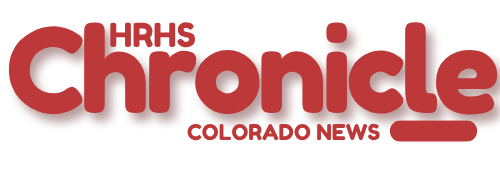

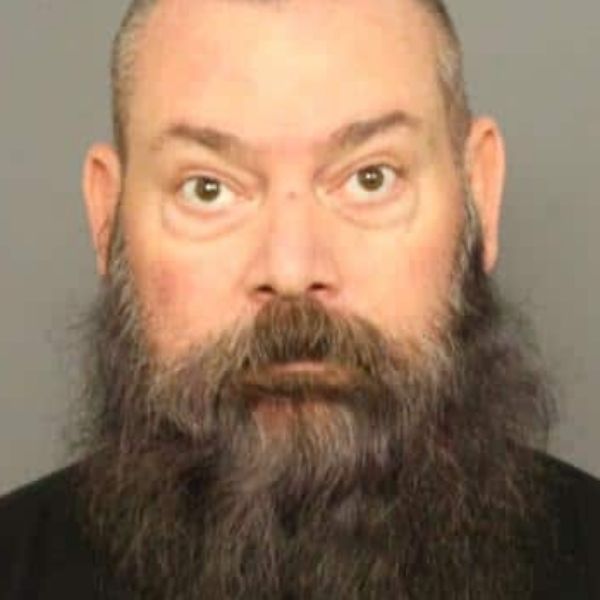

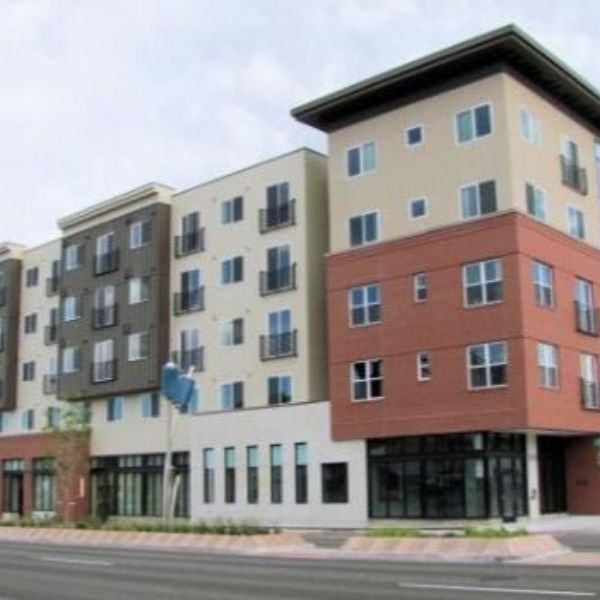

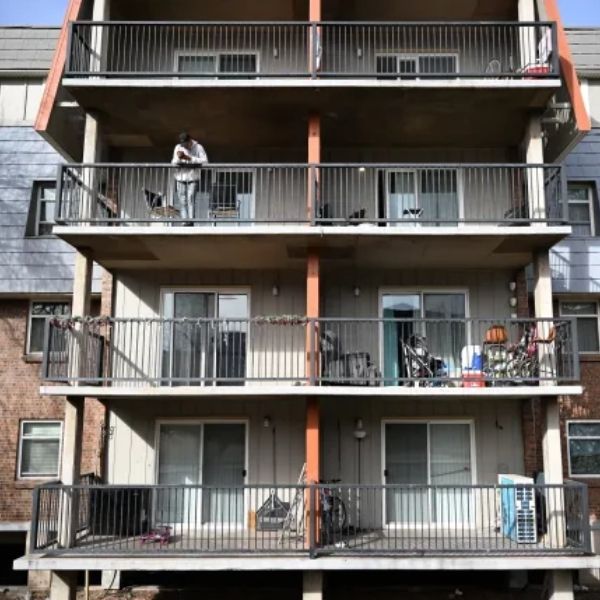

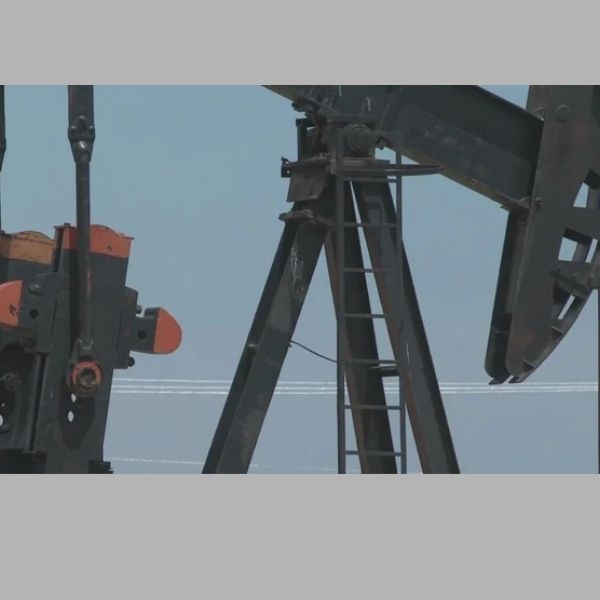
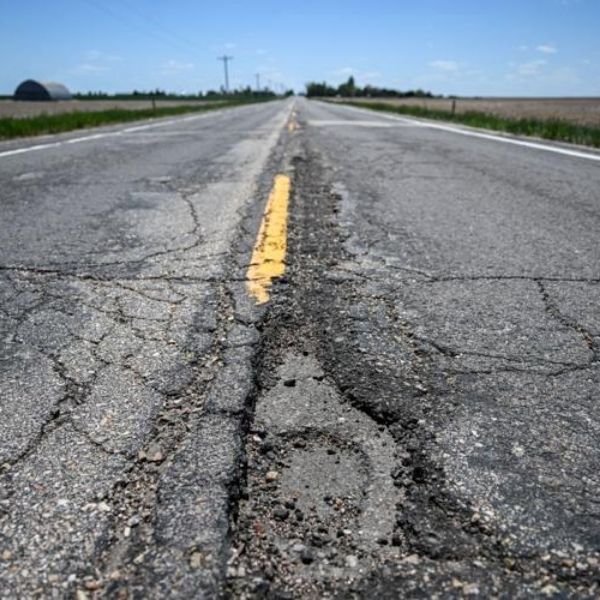

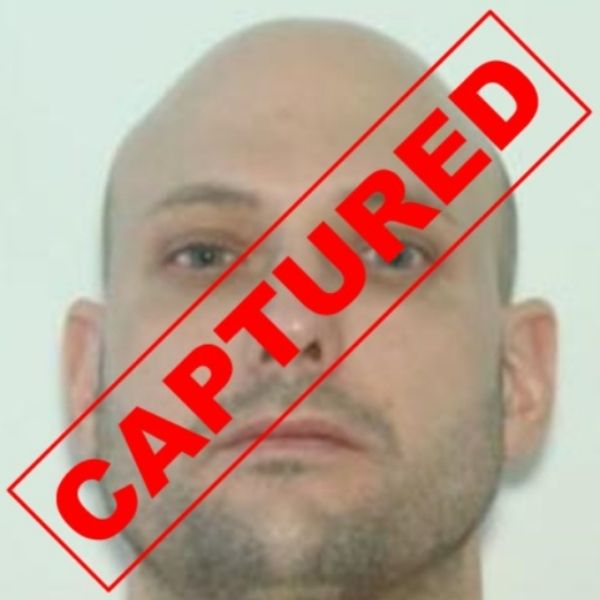
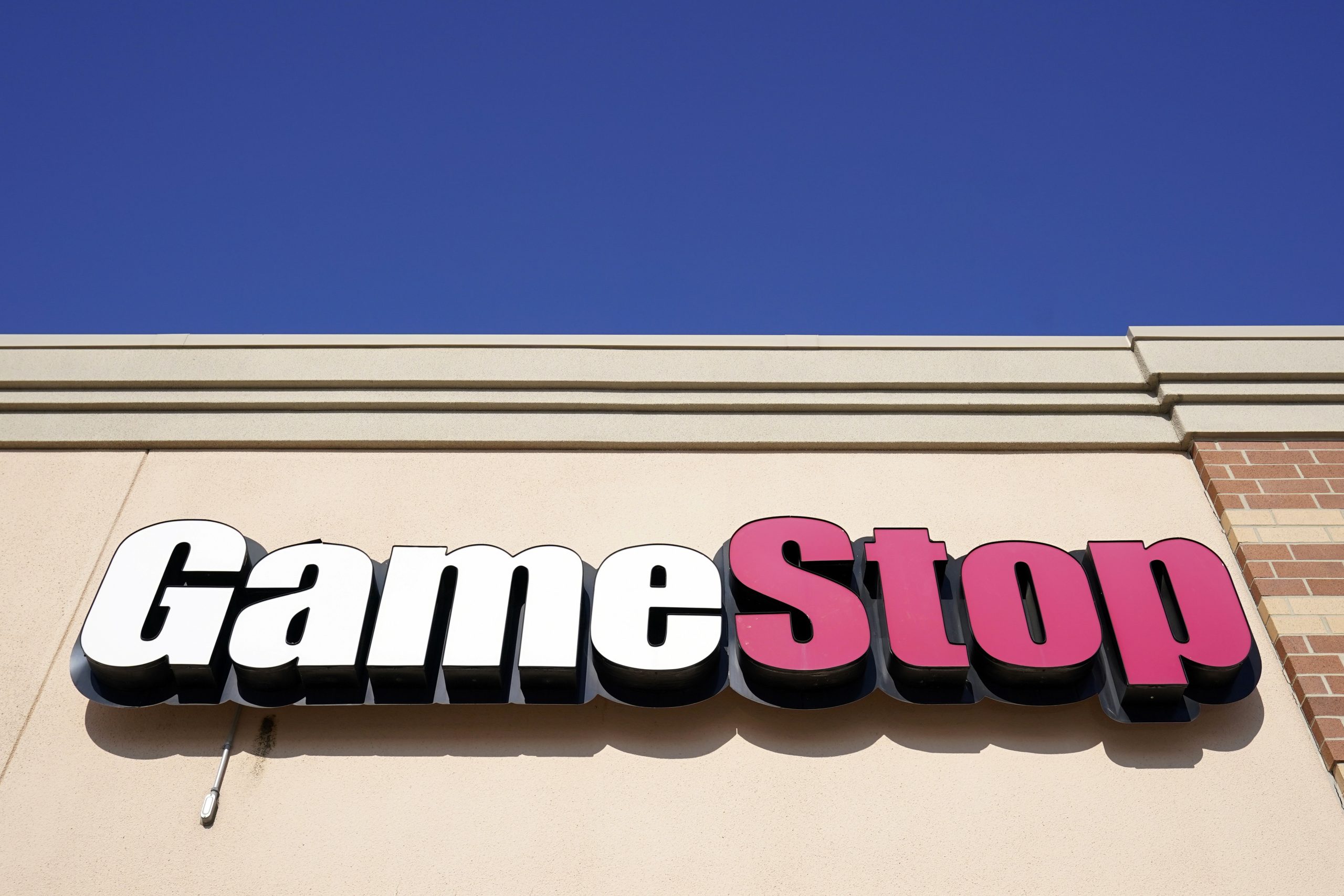


Leave a Reply